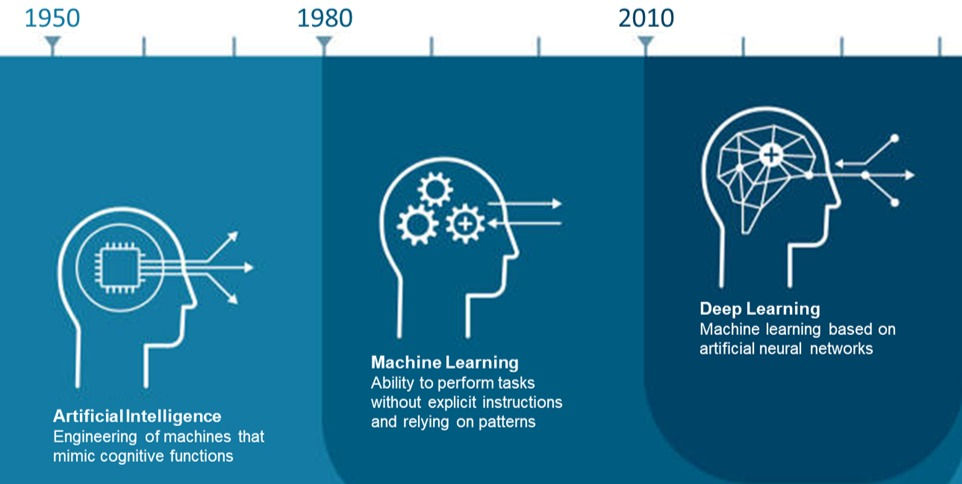Modular Server Infrastructure: Build for Today While Planning for Tomorrow
- Nomuka Luehr

- Feb 27, 2022
- 3 min read
You might not know this about the MX, but it was the first modular infrastructure solution with a no-midplane chassis design. This fact might seem trivial to some, but to those who know the importance of data center scalability, this was a significant move that helped administrators alleviate any worries about potential midplane bandwidth, airflow, or throughput restrictions that could come with the next generation. In this competitive landscape, with the ever-increasing demand for CPU TDPs, memory channels, and NVME drives, the removal of the midplane signified Dell's investment in the future reliability and scalability of its customers' data centers. With design innovations like this, it was clear from the beginning that the MX is a forward-looking platform positioned to thrive for many generations with dynamic flexibility and growth in mind.

Beyond its chassis design, PowerEdge has echoed this sentiment with a slew of hardware and software features that make the MX platform optimized for today and ready for tomorrow.
If you are looking for a modular solution or just want to know more about cutting-edge infrastructure technology, keep reading to see how the MX can improve your organization's data center operations and performance across a variety of workloads!
Operation Benefits of the MX Modular Infrastructure Solution
Like other modular solutions, the MX centralizes the management of critical resources by housing blade servers in a chassis, as opposed to rack and tower servers, where each server typically operates as a stand-alone system. As an overview, the MX ecosystem consists of the famous MX7000 chassis that we initially spoke about, which hosts flexible blocks of server and storage resources and provides outstanding efficiency through shared power and cooling, all managed by Dell EMC OpenManage Enterprise-Modular Edition (OME-Modular). Through this flexible architecture, the MX can help solve key operational and scalability challenges that are typically associated with traditional data centers.

So, what are they? First, the MX's revolutionary baseline approach makes it incredibly easy to get servers ready for production:

Beyond the baseline, the MX has a host of other innovations to help solve the problems that plague modular and traditional data centers alike, especially for organizations facing uncertain growth and looking for streamlined management.

Is MX right for you?
If you've read this far, you're probably interested in what the MX has to offer. Although you're intrigued by the potential benefits, sometimes it can be hard to tell if a solution is the best fit for your situation. So, let's look at some real-world examples of the types of problems that the MX is especially suited to solve, as understanding these could help you identify if the MX is right for you.

Workload Benefits of Modular Infrastructure
While the MX is well suited for many different workloads and enterprise sizes, there are some specific workload areas that are targeted for optimization. This includes:
· Mainstream Applications
· Dense Virtualization
· Containerization
· Software-Defined Storage
· HCI
· Business Applications
· DB Analytics
· In-Memory DB workloads
Given recent industry trends, I wanted to highlight some key workload areas where leveraging the MX would be particularly beneficial. To start, the MX is specially designed for the software-defined data center and can support a combination of dense virtualization, software-defined storage, software-defined networking, artificial intelligence, and big data projects.

Similarly, using Vmware technology on MX hardware yields significant benefits for those seeking to independently scale compute and storage resources while maintaining the management and operational simplicity of HCI.

Finally, as contemporary developments have brought a wave of challenges for the physical and online retail industry, I wanted to highlight how the MX modular solution can help improve performance on related workloads. As your business grows, the demands on your OLTP (Online Transaction Processing) databases can also grow, requiring more from your data center resources. Investing in next-generation Dell EMC PowerEdge MX750c servers could provide a high-density environment to handle current and future OLTP demands.

Want to know more about modular infrastructure?
I hope this quick journey through the MX has helped you understand the benefits of its revolutionary modular design and whether it can help tackle your organization's data center challenges.
As you might know, the MX is not the only infrastructure solution that PowerEdge has to offer. To help keep you up to date in the latest modular infrastructure developments, we will go more in-depth into the MX and other modular platforms like the C-series in future blogs and vlogs. In the meantime, check out here for more MX resources for more.
Thanks for reading and feel free to check out other blogs!
Sour



Comments